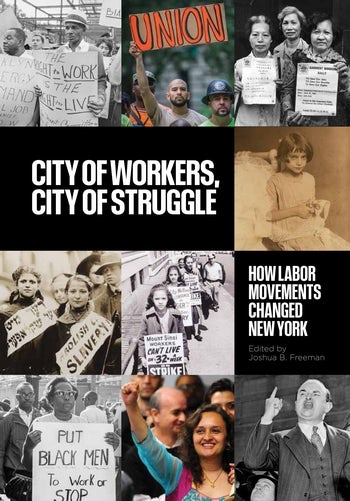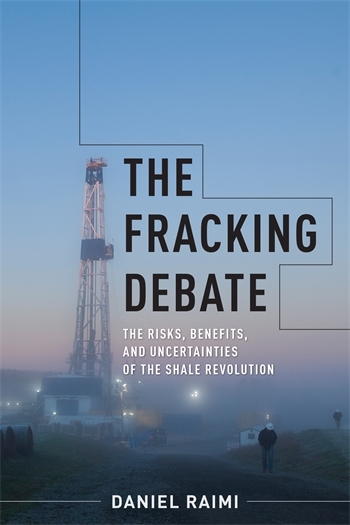Live Video, Then and Now — Michael Z. Newman
The following post is by Michael Z. Newman, author of Video Revolutions: On the History of a Medium:
“The non-linearity of videotape, digital recording, and services like Netflix and its rivals also speak to a long-standing fantasy, of media that satisfy personal desires for unconstrained agency.”—Michael Newman
Today there are two contrary trends in media temporality, which are also two competing visions for the future of entertainment. On one hand is the persistence of broadcast television, the most popular and profitable electronic media format ever. Many people and corporations would love for this kind of TV to go on unchanged forever. On the other hand is what Netflix calls non-linear TV, which follows no schedule. Think thirteen House of Cards episodes dropping all at once. The techies who speak in phrases like “disruptive innovation” are betting their venture capital that non-linear is going to be a live TV killer.
Since I have no time machine, I shouldn’t say which future is around the corner. But having looked at the history leading up to this moment in Video Revolutions, I do have some thoughts on how the past might help us to make sense of the present, and to recognize that the temporalities of both options have historically been invested with cultural value. Since ideas about technology tend to be much slower to change than technologies themselves, it seems like a good bet that the value of mediated liveness will endure.
When television was new, it was often distinguished by its capability for live broadcasting gathering audiences together, despite their physical separation, in communal experiences of performances and events of historical import. TV was to transport you from your comfortable chair at home to the stage or the ballpark, from your town to midtown Manhattan. This capability for immediacy and simultaneity made TV into the object of fantasies of improved communication. It also distinguished television from the most dominant mass medium of the first half of the twentieth century: the movies.
Liveness was an advantage broadcasting boasted over filmed news and entertainment, an advantage the commercial American networks used in setting the terms of their control of the airwaves under the sanction of the state. This might seem hard to believe today, but in the 1940s and 50s, movies were often held to be contemptible mass media trash, while the new medium of television promised to rise above them by offering a distinguished alternative.
This idealization of television and its close identification with liveness changed as TV’s cultural status declined and cinema’s improved. In part this was a function of TV’s adoption of recorded rather than live formats, though live production has never gone away. It was also a function of many other developments, including television’s quiz show scandals and more generally its reputation for fraudulence, and its close association with feminized and lower class audiences. When television’s reputation was that of a “vast wasteland,” sometimes the liveness of its early years, now considered a “Golden Age,” offered a contrast to the more culturally degraded kinds of programming that dominated in the 1960s and after.
In the early days of TV, video was a synonym for television, but the introduction of videotape in the 1950s began to change that. When video became a name for new forms and technologies, including video art and videocassettes for consumers, it was typically understood as a way of improving on television and ameliorating the problems associated with it, such as negative social effects and wasted cultural opportunity. This was often presented to the public as a solution to the problem of television’s control by the commercial networks who program a broadcast schedule of shows appealing most broadly, to satisfy sponsors and avoid trouble with them or the federal regulator. Video recording for the home, for instance, was presented as the liberation of ordinary viewers from the hegemony of the network programmer. Advertisements encouraged TV viewers: “make your own schedule” and “watch whatever whenever.” These were slogans for Sony’s Betamax in the mid-1970s. This notorious commercial for TiVo, which CBS refused to air a generation later (in 2000), makes the exact same appeal. You throw the network programmer out of the window and take his place as the one in control of your own viewing.
Just as video has shifted connotations over time, so has live. People now speak of live TV or of “watching live” to mean on the broadcast schedule. Shows produced much in the way movies are, such as prime-time comedies and dramas, are watched live when the networks air them. If you tune into The Good Wife as I do on Sundays at 8 pm Central on your local CBS station, you’re watching live. So are millions of other fans of the show, many of whom tweet their reactions in real time. Some of this social media engagement is with live TV in the old sense, like awards shows and sports. Either way, viewers may need to choose between watching live or finding out what happens through social media.
One reason sporting events are increasingly crucial to media companies (such as Comcast, the Goliath of the conglomerates today), is that their viewers favor live viewing. The most popular content on TV in America is football games. Economically this makes sense, because viewers of live TV cannot skip commercials. But it also makes sense culturally; live events, whether recorded or live in the old strict sense, offer a communal gathering together of audiences dispersed in space. The media industries like the idea of viewing with the “second screen” (phone or tablet) plugged into social media because it sustains their legacy business model. But the audience gets something out of it too: the feeling of connection to others, the ritual of shared experience that communication media have promised for much longer than TV and the internet have existed. It’s no coincidence that communication and community have a common etymology.
The non-linearity of videotape, digital recording, and services like Netflix and its rivals also speak to a long-standing fantasy, of media that satisfy personal desires for unconstrained agency. All media of communication, as far back as writing itself, promise liberation from strictures of space and time. The invention of writing, as Walter Ong argues, made it possible for ideas to travel in new ways, separating them from individual utterances. We can think of this as our first technology for the subversion of liveness. Today’s technologies of individual agency are made to appeal to the same needs as yesterday’s: not just remote controls and pause buttons for manipulating TV’s signal, but transistor radios, telephones, automobiles, and paperback books that gave individuals new powers of mobility and knowledge and diversion. The competing temporalities of twenty-first-century video technology look in this long historical perspective less like old vs. new, and more like two alternatives that seem likely to exist in tension with one another in the future no less than in the past.





